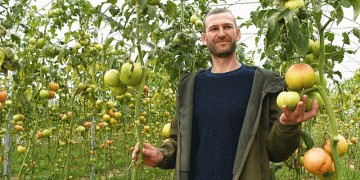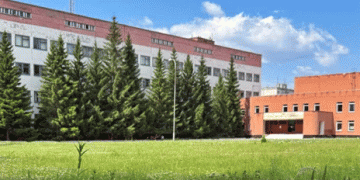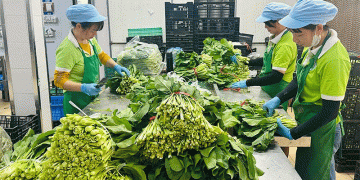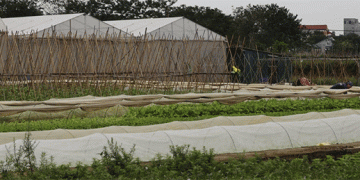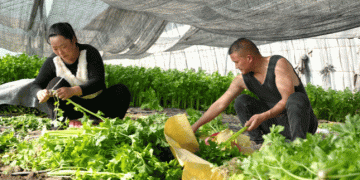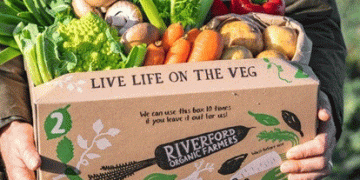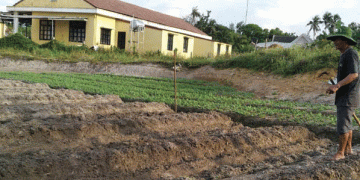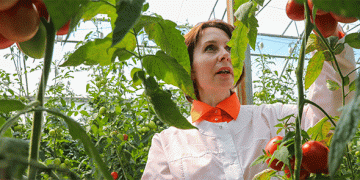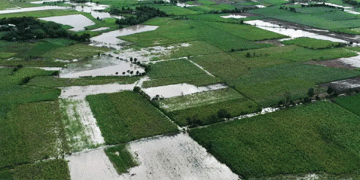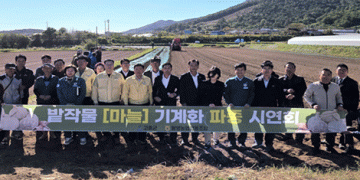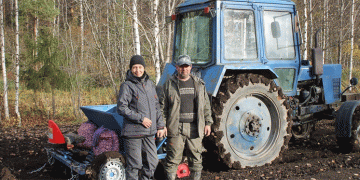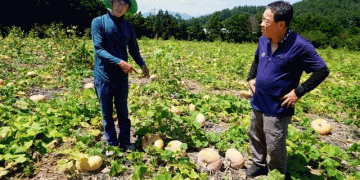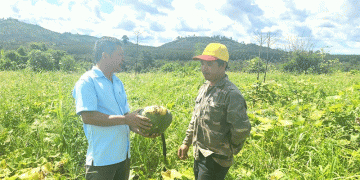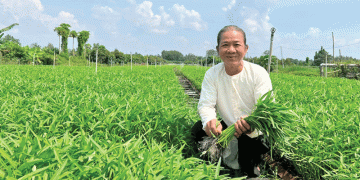For forward-thinking farmers and agricultural professionals, the transition from traditional methods to controlled-environment agriculture is no longer a luxury—it’s a strategic imperative for profitability and resilience. This article explores a real-world case study from Kuban and the data-driven benefits behind this technological shift.
In the Belorechensky district, the Astakhov family farm represents a new era for local growers. They have moved away from wooden, makeshift greenhouses to a state-of-the-art, 15,000-square-meter facility, the first of its kind in the area. This 7-meter-high structure, equipped with automated film inflation and roof vent control, was made possible through the “Agrostartap” grant program, highlighting the critical role of government support in fostering agricultural innovation.
This shift from manual to automated systems is a microcosm of a larger global trend. The Astakhovs’ ability to grow two vegetable crops per season is a direct result of the controlled environment. This aligns with broader data; according to a 2023 report by Grand View Research, the global smart greenhouse market is expected to grow at a compound annual growth rate (CAGR) of 10.3% from 2024 to 2030. This growth is driven by the proven advantages of automation, which can lead to yield increases of 15-30% compared to traditional protected cultivation, as noted in a 2024 meta-analysis by the International Society for Horticultural Science.
The core benefits driving this adoption are clear:
- Precision Climate Control: Automated vents and thermal screens maintain optimal temperature and humidity, reducing plant stress and disease incidence. Research from Wageningen University & Research has shown that precise climate control can reduce fungicide applications by up to 25%.
- Resource Efficiency: Modern systems like the Astakhovs’ allow for targeted water and nutrient delivery. The FAO states that closed-loop hydroponic or fertigation systems in such greenhouses can reduce water consumption by up to 90% compared to open-field farming.
- Labor Optimization and Year-Round Production: Automation reduces the manpower needed for repetitive tasks like ventilation, freeing up labor for more skilled crop management. This, combined with a stable microclimate, is what enables the Astakhovs’ double harvest cycle, maximizing their revenue per square meter.
The story of the Astakhov family is more than a local success; it is a compelling case study for the future of productive and sustainable vegetable farming. Their journey from a homestead garden to a high-tech operation, supported by strategic grants, demonstrates that the integration of automation and controlled-environment technology is a proven pathway to increased yields, enhanced resource efficiency, and greater farm profitability. For agronomists, engineers, and farm owners, the message is clear: embracing technological modernization is key to remaining competitive and securing a resilient agricultural enterprise.
